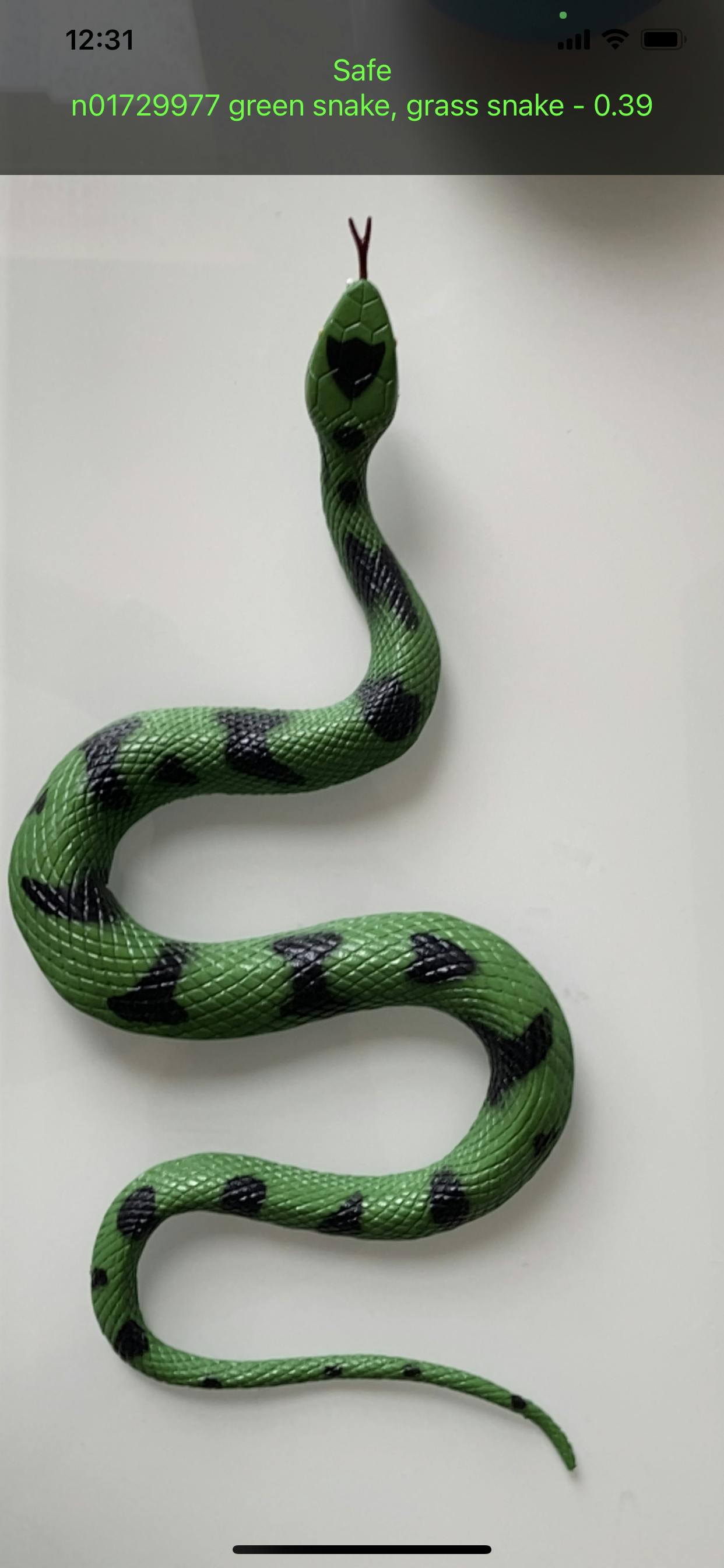Building an AR Danger Detector with Swift, ARKit and Core ML
One of the most exciting intersections of our technology today is that of augmented reality (AR) and machine learning (ML). Today, we'll dive into a practical example of how we can use Apple's ARKit and Core ML to build a simple, yet effective danger detector.
Initial Setup
Our app is built using SwiftUI, and its primary view is a simple AR view. It uses the ARView from RealityKit to provide a camera feed for AR.
import SwiftUI
import RealityKit
import ARKit
import Vision
struct ContentView : View {
var body: some View {
ARViewContainer().edgesIgnoringSafeArea(.all)
}
}
The Main Logic
The main logic of our application is handled in the ARViewController. We initialize the AR view, load the Core ML model (we're using MobileNet for object detection), and setup the Vision request.
class ARViewController: UIViewController, ARSessionDelegate {
var arView: ARView!
var visionRequests = [VNRequest]()
var classificationLabel: UILabel!
let dispatchQueueML = DispatchQueue(label: "com.hw.dispatchqueueml")
override func viewDidLoad() {
super.viewDidLoad()
arView = ARView(frame: self.view.frame)
.view.addSubview(arView)
classificationLabel ()
classificationLabel.frame (x: , y: , width: .view.frame.width, height: )
classificationLabel.numberOfLines
classificationLabel.textAlignment .center
classificationLabel.textColor .white
classificationLabel.backgroundColor .black.withAlphaComponent()
.view.addSubview(classificationLabel)
configuration ()
arView.session.run(configuration)
model (for: ().model) { }
classificationRequest (model: model, completionHandler: .handleClassification)
.visionRequests [classificationRequest]
loopCoreMLUpdate()
}
func loopCoreMLUpdate() {
dispatchQueueML.async {
self.updateCoreML()
self.loopCoreMLUpdate()
}
}
func updateCoreML() {
guard let pixelBuffer = arView.session.currentFrame?.capturedImage else { return }
var requestOptions:[VNImageOption : Any] = [:]
if let cameraIntrinsicData = CMGetAttachment(pixelBuffer, key: kCMSampleBufferAttachmentKey_CameraIntrinsicMatrix, attachmentModeOut: nil) {
requestOptions = [.cameraIntrinsics: cameraIntrinsicData]
}
let imageRequestHandler = VNImageRequestHandler(cvPixelBuffer: pixelBuffer, orientation: .up, options: requestOptions)
do {
try imageRequestHandler.perform(self.visionRequests)
} catch {
print(error)
}
}
The classification happens in handleClassification(). We handle any error, get the results from the observations and classify them based on the objects. We have a pre-defined set of dangerous objects that if detected will change the label to red and display "Danger", otherwise it will display "Safe" in green.
func handleClassification(request: VNRequest, error: Error?) {
guard let observations = request.results else {
print("no result")
return
}
let dangerousObjects = ["knife", "meat cleaver", "cleaver", "chopper", "hatchet", "ax", "switchblade"]
let classifications = observations
.compactMap({ $0 as? VNClassificationObservation })
.filter({ $0.confidence > 0.3 })
.map({ ($0.identifier, $0.confidence) })
let dangerousClassifications = classifications.filter {
dangerousObjects.contains(where: $0.0.lowercased().contains)
}
let status: String
let color: UIColor
if !dangerousClassifications.isEmpty {
status = "Danger"
color = .red
} else {
status = "Safe"
color = .green
}
DispatchQueue.main.async {
let classificationTexts = classifications.map { }
.classificationLabel.text classificationTexts.joined(separator: )
.classificationLabel.textColor color
}
classification classifications {
()
}
}
}
: {
(: ) -> {
()
}
( : , : ) {}
}
Using ARKit and Core ML, we've built a simple but efficient danger detector. This is a very rudimentary example of how powerful and versatile these tools can be when combined. In future projects, you might consider training your model on a wider array of dangerous objects, or even using a more powerful model for better accuracy. The possibilities are virtually limitless with this tech stack!

